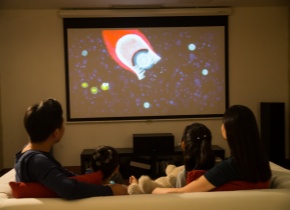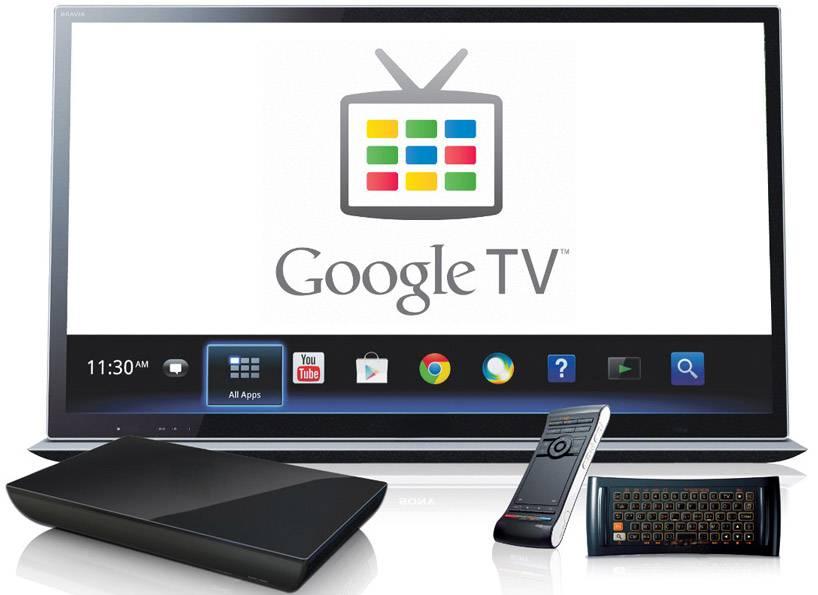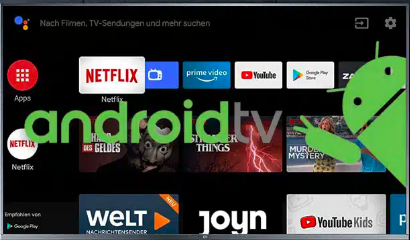Google earphone Fast Pair Certification and Spatial Audio Certification
1. Fast Pair Certification
1.1 Introduction to Fast Pair
Fast Pair uses the "Nearby" platform to enable one-click pairing with Bluetooth devices. Device manufacturers can implement the Fast Pair specification to offer users an easier out-of-the-box experience, while also managing their devices through the Device Console.

Google Fast Pair Service (GFPS), also known as Fast Pair (FP), is a component of the Nearby platform that enables quick and energy-efficient device pairing using Bluetooth Low Energy (BLE). GFPS is designed to accommodate a wide range of devices, from in-ear headphones to speakers, allowing partners to implement FP functionality across their product lines. The specification also includes several extensions that partners can adopt to offer additional features to their customers.
1.2 Fast Pair Certification Process
Step 1: Integrate and verify GFPS on your device.
Step 2: Prepare a self-test report.
Step 3: Submit your device for certification.
Step 4: Obtain official certification from Google and gain the right to enable GFPS.
2. Spatial Audio Certification
2.1 Introduction to Spatial Audio
Spatial audio creates a sound field that surrounds the listener. With spatial audio, users can perceive channels and individual sounds in locations different from where the audio transducers of the playback device are actually positioned. For example, spatial audio enables users to listen to multi-channel soundtracks using headphones. Even though the headphones only have two transducers to play the audio, spatial audio allows users to perceive dialogues in front of them and surround effects behind them.
Head tracking features help users understand the nature of the spatial sound field simulated around their heads. This experience is only effective with low latency, which is measured by the time difference between head movement and the corresponding shift in the perceived location of the virtual speakers.
2.2 Spatial Audio Certification Requirements
Audio HAL and DSP: Must support a dedicated output path for spatial audio.
Headphones: Must include built-in head tracking sensors to enable head-tracking spatial audio.
Implementation: Must comply with established standards for head tracking using the HID protocol from Bluetooth headphones to smartphones.
Audio HAV v7.1: Required to support spatial audio.
2.3 Spatial Audio Certification
Original Equipment Manufacturers (OEMs) can support spatial audio and head tracking without the need for vendor-specific customizations or SDKs. Mobile phones and tablets that support these features are included in GMS certification, with hardware support indicated by the declaration `ro.audio.spatializer_enabled=true`. Certification for headphones will be available starting with Android 15.
Feel free to contact us for inquiries about Google Fast Pair certification and Spatial Audio certification for headphones. We also offer testing and certification services for Google EDLA, Google MADA, Google Auto, Google Lens, Google ARCore, Google TADA, Google Android Watch, Google Android TV, and Google TV.
-

Deeplight | Outsourced Testing Services for Google TV TADA / Netflix / Amazon Prime Video / YouTube and More
Deeplight is dedicated to providing comprehensive outsourced testing and certification services for Google GMS. We boast a professional technical testing team specializing in streaming applications such as Google TV, Netflix, Amazon Prime, and YouTube, equipped with exclusive external broadband testing environments and a wide array of proprietary test kits.2025-04-30
-

Detailed Explanation of DRM Widevine L1, L2, L3 and Its Relationship with Google GMS Certification
Widevine is Google‘s Digital Rights Management (DRM) technology, widely used in the video streaming industry (e.g., Netflix, Disney+, YouTube Premium, etc.) to protect high-value content from illegal copying or distribution. The core goal is to ensure that content is only played on authorized devices and in legitimate user scenarios through encryption and permission control.2025-04-30
-

A Series of Testing Tools Used for Google TV Device Certification
Google TV devices, such as TVs, TV boxes, and projectors, require TADA certification, which involves passing tests like CTS, GTS, VTS, and TVTS to obtain certification.2024-09-11
-

Google/Android TV CDD Details Requirements
A Google/Android TV device refers to an Android-based television device, providing an entertainment interface suitable for users viewing television programs from approximately 10 feet away ("interface for large-screen entertainment experiences" or "interface for viewing from 10 feet away"). It allows users to watch digital media, movies, TV broadcasts, play games, and/or use applications.2024-09-11
-

Google Android TV/Set-Top Box Certification for Android ATV
Google Android ATV certification refers to the whole machine certification, submitted by ODM/OEM to Google to do the certification test, SOC manufacturers do not need to do the chip-level certification.Android TV was introduced at Google I/O on 26 June 2014, specially designed for TV and set-top box products designed for the application service package. Based on the Android AOSP version, plus the GTVS package can be compiled out of the Android TV Firmware.2024-09-11







